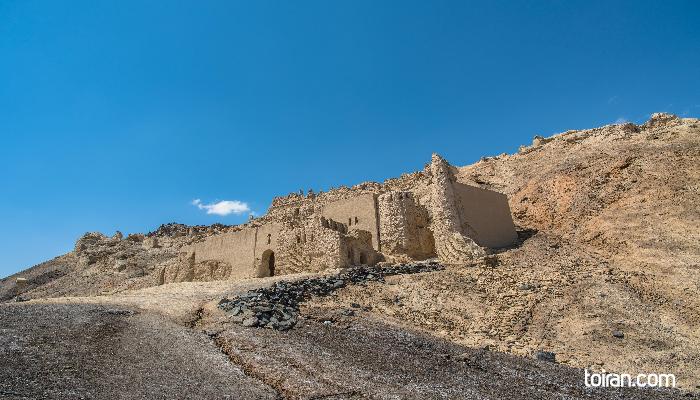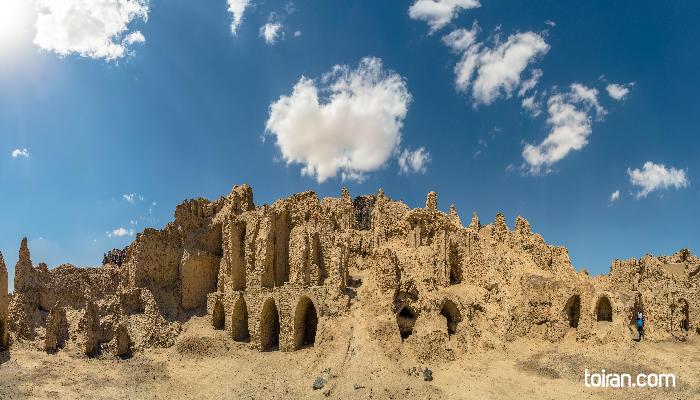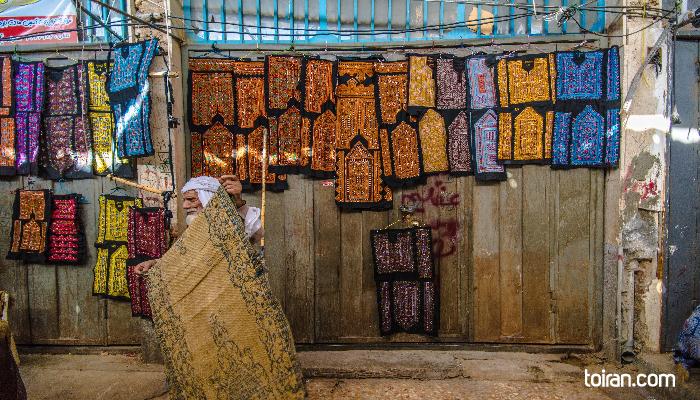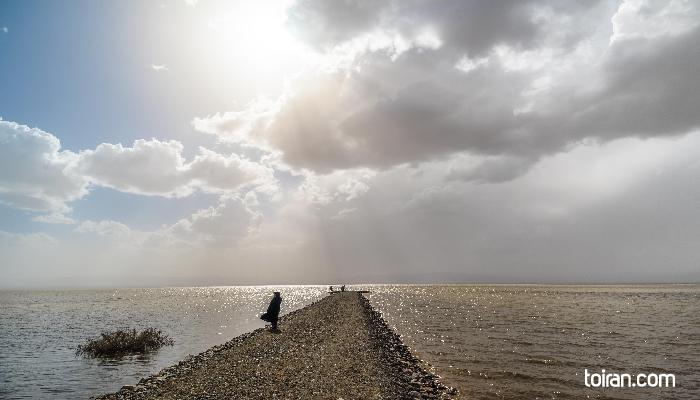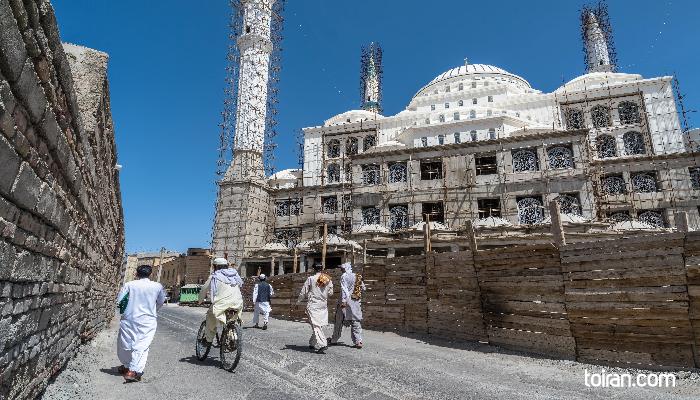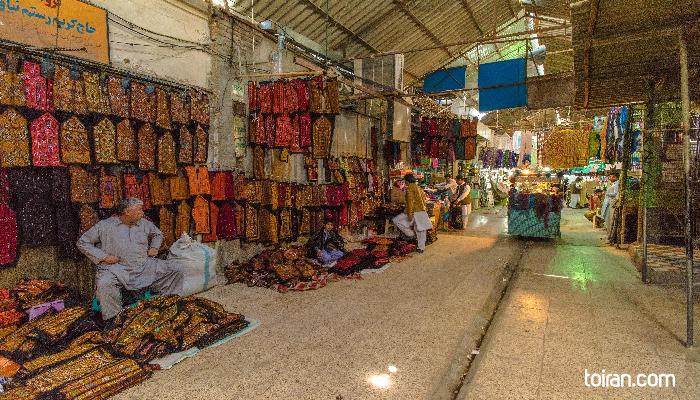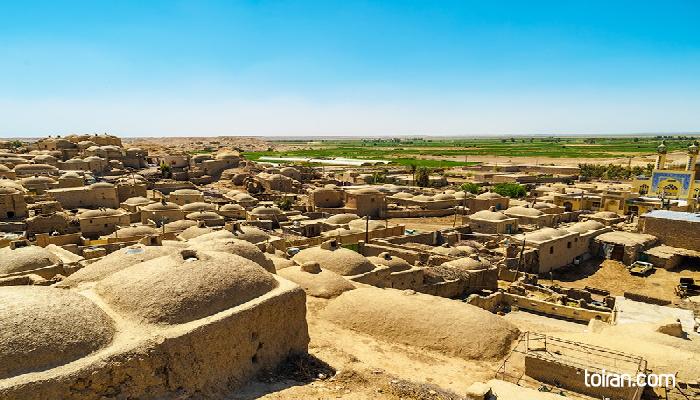The capital of Sistan-Baluchestan Province, Zahedan is located in southeastern Iran. The city borders Zabol in the north, Khash in the south, Pakistan and Afghanistan in the east and the city of Fahraj and Lut Desert in the west. The people of Zahedan speak the Baluch language and Sistani Persian.
Zahedan has warm and dry weather most of the year. In the Summer the city has hot days and relatively chilly nights. From early May to late September, Zahedan experiences the 120-day Sistan winds that blow for nearly four months. These winds originate from the desert and have a speed of between 100 and 26 kilometers per hour.
Zahedan was originally named Dozdab (also Dowzdab, Duzdab, or Duzdap) either because of the number of underground springs in the region that sometimes flow on the surface or because highwaymen and thieves (dozd) frequently attacked caravans passing through this area. The founder of the Pahlavi dynasty, Reza Shah (1878-1944) was the man who changed the name of the city to Zahedan meaning “City of the Pious” in 1929.
Zahedan’s Sarpoush Bazaar which is nearly 100 years old, Maki Mosque, the biggest Sunni mosque of Iran, the Pahlavi era (1925-1979) Old Courthouse which is one of the first structures built in Zahedan, the traditional Abouyi House which stands out in the old texture of the city, Professor Kambouzia Library which was built by Pahlavi era scholar and revolutionary figure Amir Tavakol Kambouzia (1904-1974) and is the largest book collection in Sistan-Baluchestan, Sistan’s only mudbrick village Qaleh Now, Dahan-e Gholaman which is an Achaemenid city designed and created based on a city plan, Mount Khajeh which is sacred for the followers of Zoroastrianism, Christianity and Islam and encompasses historical sites from different historical eras, and Shahr-e Sukhteh (Burnt City) are some of Zahedan’s best known historical sites. Shahr-e Sukhteh, which is a UNESCO resisted World Heritage Site, had four stages of civilization and has yielded countless preciouses artifacts from excavations some of which are housed in the Shahr-e Sukhteh Museum. Zahedan Museum one of the largest cultural, historical, arts and ecology museums in southeastern Iran is another one of the city’s noteworthy attractions.
Lake Hamoun, the largest freshwater body of water on the Iranian plateau which is shared by Iran and Afghanistan, is Zahedan’s main natural attraction. This lake has been designated as a UNESCO Biosphere Reserve.

